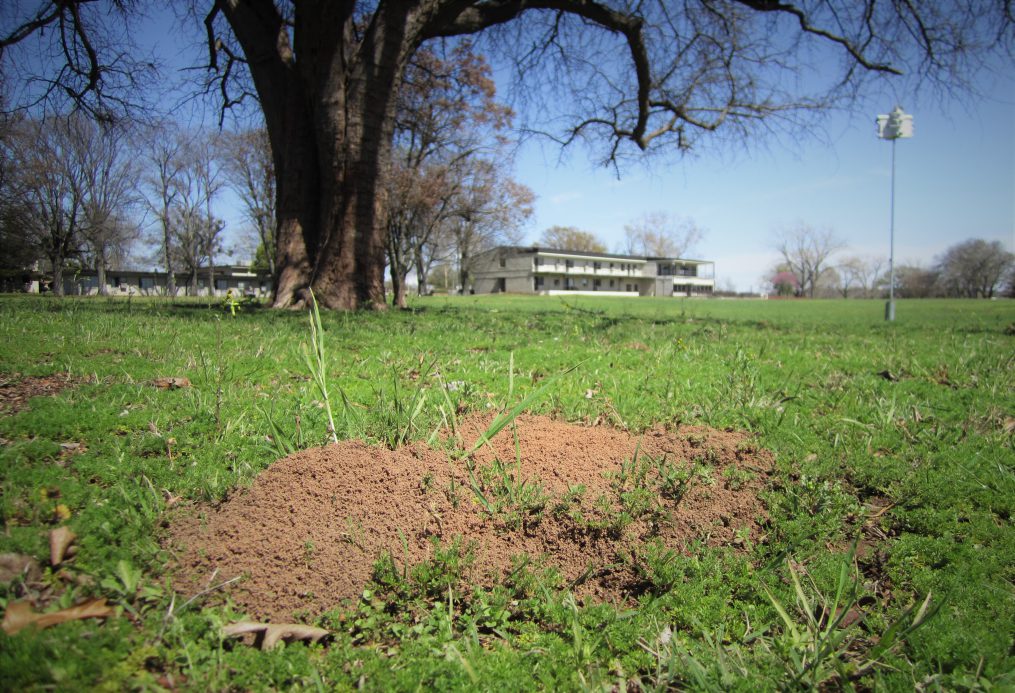
We are incredibly excited to announce that our work on fire ants and isotopes has just been accepted in Ecology! The work primarily revolves around understanding trophic variation across a population of one of the model organisms of myrmecology: the red imported fire ant, Solenopsis invicta. Essentially, we are looking at where you rank in a food web and what did you eat to get there. To expand upon this, we had been thinking about ways to understand the how, what, why, and where of stable isotope variation that regularly occurs in the published literature. Stable isotope analyses have increased in their use in ecological studies as a tool where nitrogen (δ15N) can be used to understand trophic position/structure and carbon (δ13C) can be used to map out where the dietary source came from, in this case C3 or C4 plants.
Despite a lot of myrmecologists loving morphological measurements, it seems few had tested how size, both body and colony, may affect trophic variation within a species. A question that we were intrigued with. Perhaps even more surprising was a real lack of good information at the colony level, as most stable isotope studies with ants focus on differences across species in an assemblage or community. We set out to answer these question by measuring a variety of different sized workers and colonies across multiple time periods throughout a year in a small 0.5-hectare old field in Oklahoma. To our surprise, we found an unprecedented range of values occurring within a population. A range that was comparable to whole ant assemblages from prairies to tropical rainforests. The red imported fire ant, while acting as a generalist at the species level, may in fact be specializing on particular dietary items at the colony level.
While there are still mechanisms to work out, we believe this is a wonderful step towards disentangling the trophic ecology of the red imported fire ant and potentially other invasive species. Given the wide diet breadth we observed in such a small area, we hope this will encourage researches to think more about the natural history of their study species, and combine this information with physiological measurements to really attack questions surrounding their biology.
This work was generously funded both by the National Science Foundation and a University of Oklahoma Biological Station summer fellowship.Please click the link below for an early access view of our work…
Early View of our work at Ecology
Blog Post on Mike’s Website about our recent pub (same material as here)
